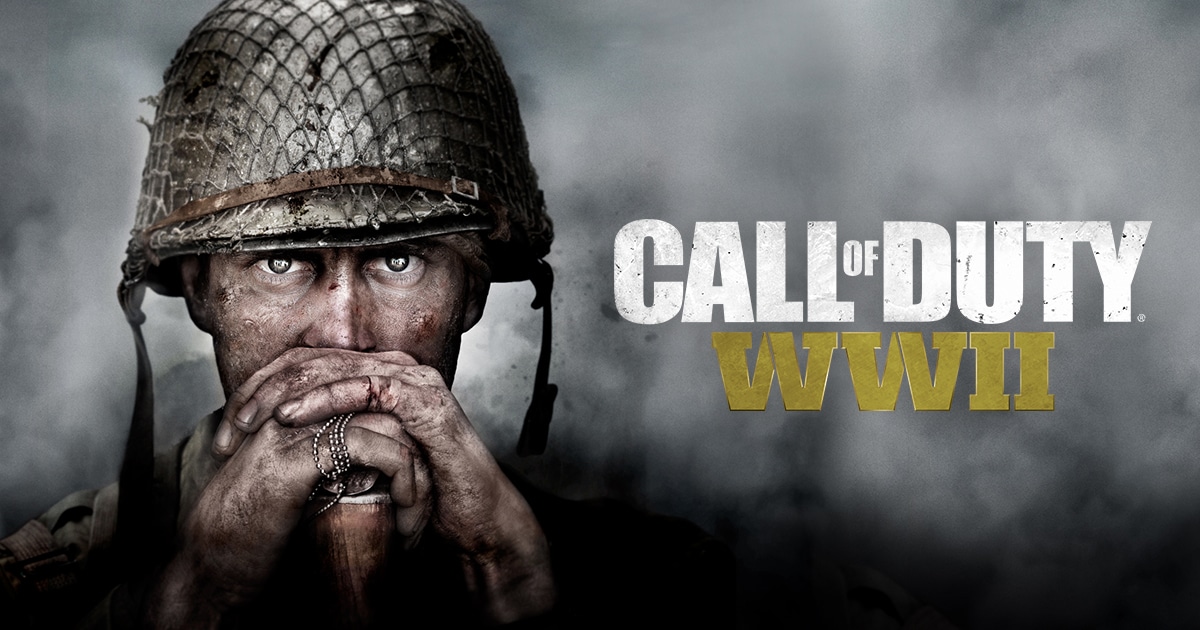
Interview with Sledgehammer’s Mackenzie Bates
Call of Duty: WWII has arrived, and it’s awesome. To kick off the upcoming WorldGaming Call of Duty: WWII Canadian Championship presented by PlayStation 4, a media event was held in Toronto. While there I had the honour of interviewing Mackenzie Bates, Multiplayer Game Designer at Sledgehammer Games. We discussed the game’s multiplayer aspects, including the new Divisions, loadouts, and War mode. Read on to learn more about Call of Duty: WWII!
Paul Hunter: Hi Mackenzie, it’s a pleasure to meet you. Tell me a little bit about yourself and what your role entails at Sledgehammer Games.
Mackenzie Bates: I’m a multiplayer systems designer, so I work on the multiplayer in the game and specifically designing its system. That means what loadout you’re using, where you respawn, what scorestreak you get after a bunch of kills. Essentially the systems that aren’t specific to a map, the ones in general that are in the multiplayer mode.

New Divisions in Call in Duty
PH: One of the most exciting changes this year in Call of Duty: WWII is the new Divisions. How are fans reacting to the new Divisions class system?
MB: Divisions is kind of my birth child. I came up with the idea, it went through a ton of different iterations. It was very controversial when we started working on it in the studio. Pick Ten was such a system that everyone got used to and liked it. So trying to do something new, something that fundamentally redid how loadouts worked in the franchise after four or five years of variations of Pick Ten, was a big step. So to see the reception be so open and positive really means a lot. It’s such a bold step for such a big franchise and to see it work out is really cool.
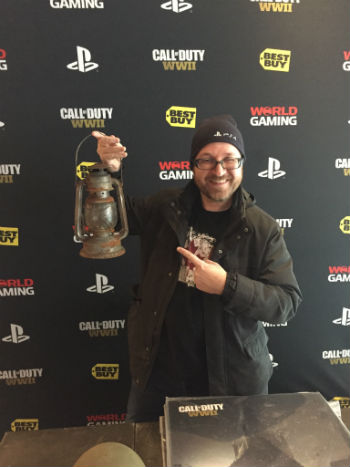 PH: A lot of Canadian fans were elated to find out during the Beta that there’s a Canadian Division, The Mountain. How were these divisions decided upon?
PH: A lot of Canadian fans were elated to find out during the Beta that there’s a Canadian Division, The Mountain. How were these divisions decided upon?
MB: We went back and forth between a lot of divisions. We had them actually specific to the divisions from the war at certain points but decided to go more generic at the end. This route gave us a lot of flexibility. You have the Mountain, which as you noticed was a Canadian Mountain outfit. As well, there are a lot of different infantry divisions throughout WWII on different sides. We tried to find the values that represent the division and the playstyle, that was the goal. Some of them we got just right, some of them were a bit harder.
Historical authenticity
PH: There’s this ongoing debate about whether Call of Duty games should be historically accurate or focus more on entertainment and a balanced experience. You touched upon this in your last answer, but I’m curious then to know how much of these Divisions are rooted in real history?
MB: So I believe the uniforms are pretty close to what they were historically. Gameplay-wise that’s where it deviates more. There are certain divisions that fits closer, like the Infantry using rifle bayonets. The Airborne using suppressors is a bit of a stretch, they probably used the M1A1 Carbine a lot more. For a game you have to work with it to make the experience more believable. It’s supposed to be a game, it’s supposed to be fun. We did strive for realism but you have to find a balance.
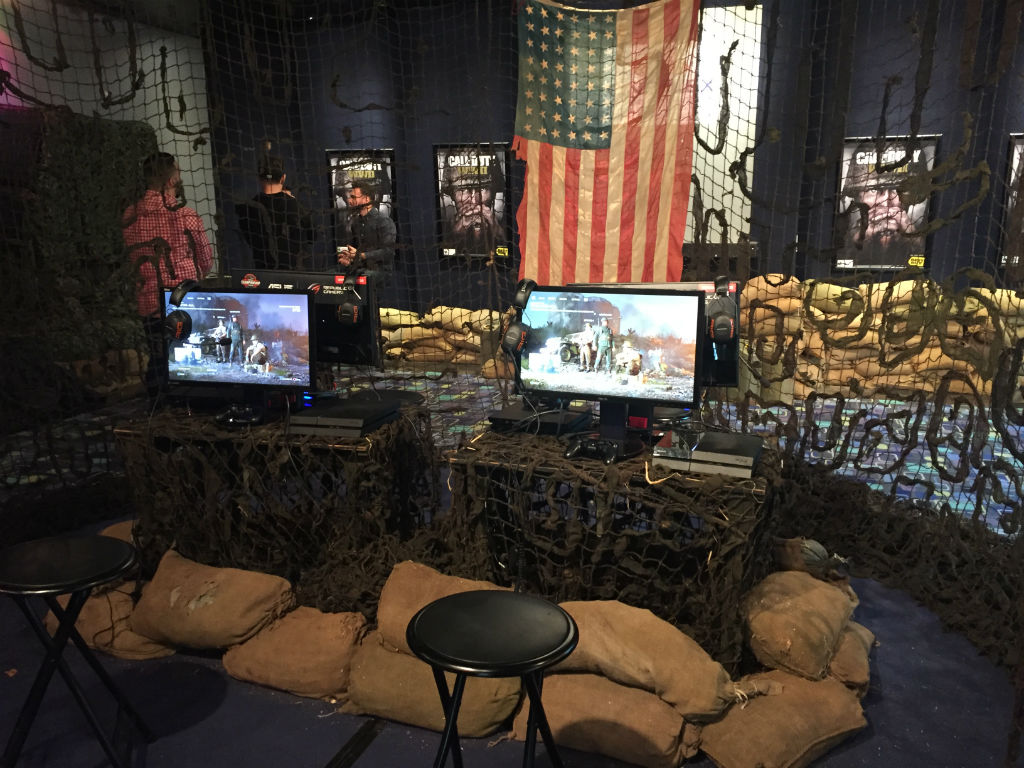 PH: Since the Divisions are coming from different countries, are you finding that gamers are choosing their country’s Division? Or are they using the Division that best suits their preferred play style?
PH: Since the Divisions are coming from different countries, are you finding that gamers are choosing their country’s Division? Or are they using the Division that best suits their preferred play style?
MB: So sadly we don’t have the geometric data on the Division usage, but I’d be curious to know too.
Map respawning
PH: Looking at respawning in the multiplayer mode it seems to work well by not positioning you in line of enemy sight, and not spawning you near hot zones. How much work goes into choosing respawn positions?
MB: There are a lot of different factors that go into deciding where’s a good spawn point. There actually used to be more, but we striped away a bunch of those factors. It’s simpler now, we look first at line of sight, i.e. can the enemy actually see the points? Those are automatically ruled out. We also look at where your teammates recently die. That’s probably an unsafe area, so let’s not spawn you there. Or where did your enemy just spawn? That’s also not a good place. The game is constantly monitoring where friendlies are and where enemies are positioned on the map.
After reviewing those factors the game looks at the points and picks a spawn point. There’s also a system in place to prevent spawn fatigue, meaning you don’t spawn in the spot multiple times in a row. Spawning really is a weird, difficult problem that doesn’t really have a right answer, so you have to find a method you’re happy with.
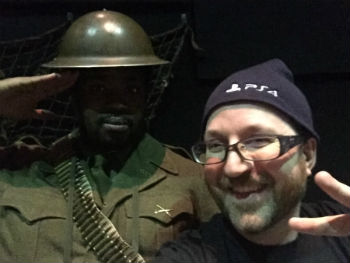
New War multiplayer mode
PH: The new War multiplayer mode seems to be very well received by the community. How is this mode affecting the competitive multiplayer scene?
MB: It’s seeing a ton of play. It’s one of the top-played modes. To see it competing with TDM (Team Death Match) and Dom (Domination) is really cool. Making a new mode that successful for such a longstanding franchise is a difficult thing to do. Most people tend to just play TDM. So being able to introduce a new mode that’s completely different from how Call of Duty traditionally plays and feels, and see it played so much and received so well, is really affirming. We took bold steps such as making a mode that has maps specific to it. All the work that went into that, and partnering with Raven Software, worked out great in the end.
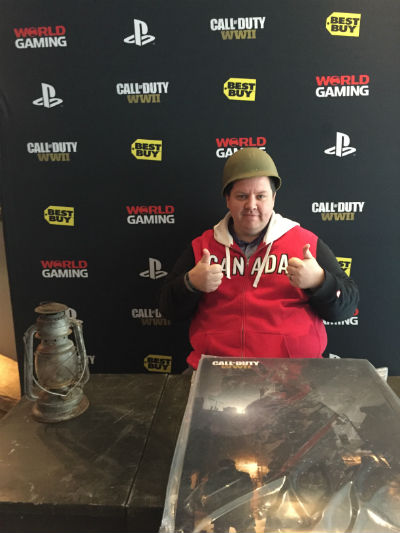
Call of Duty eSports
PH: Looking at the competitive scene, this is Sledgehammer’s second time being involved in the Call of Duty World Championship. How has the competitive scene changed since you were last involved?
MB: It keeps on growing, the size of the community and the excitement towards it. A lot of the players have been around long enough to mature along with it. To see the same pro players compete, come together, and give feedback, it’s really interesting to see that evolution.
PH: I was reading there’s a $4.2 million prize pool, the largest in Call of Duty history. How big do you see Call of Duty eSports getting?
MB: I honestly really don’t know. I feel like an old person a lot of the times, I just don’t understand watching people on Twitch and stuff like that. It makes me feel like not part of this generation, even though I very clearly am. But it always amazes me to see ‘this person has millions of views on their video’ or ‘this Twitch guy can live off the ad revenue he gets from it’. So I think eSports will surprise us, it’s going to grow in ways we didn’t expect.
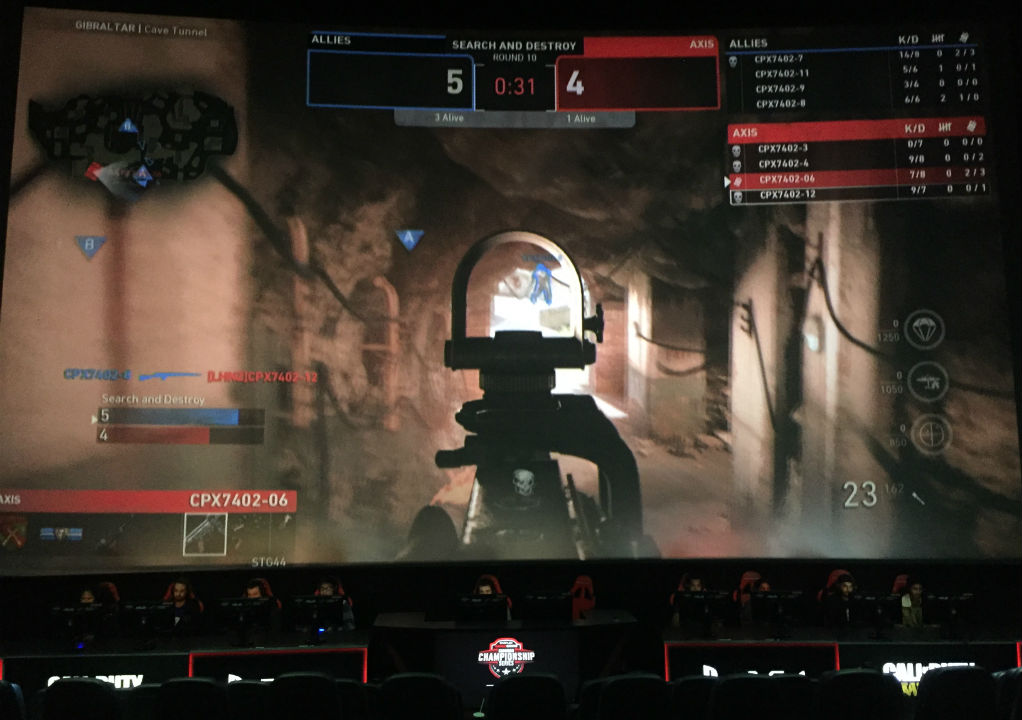
Community feedback
PH: Speaking of feedback, I’m sure you must get a lot of that from the community as well. How do you parse through the feedback and decide what to act upon?
MB: We closely monitor social feedback, YouTube videos, all of that. Ultimately it’s a balance. Even if you believe in something from a design point of view, if it becomes clear it doesn’t work from a community point-of-view then you have to adjust and evolve. At the end of the day it’s meant to be a fun game for gamers, so you have to find that mid-point between what you believe creatively and what the community is saying.
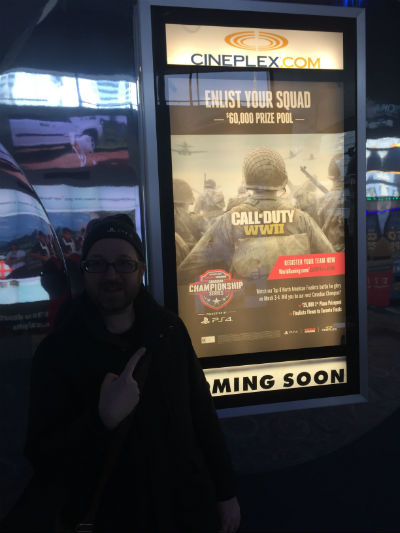
Partnership with PlayStation
PH: PlayStation has been involved in the Call of Duty franchise for many years now. How is that partnership going?
MB: With all the ads they’ve done and the console bundles it really helps us a lot. I know at the studio we all play on our PS4s, we test on our PS4s, so it’s an integral part of how we develop the game.
What does the future hold?
PH: Looking towards the future, what do you want to say to Call of Duty fans about how Sledgehammer will be supporting and evolving the competitive multiplayer mode?
MB: There be interesting and fun things coming that will excite them. Hopefully there’s stuff the don’t expect and makes them re-look at how they play the game. We want to make fans excited to keep on coming back and playing with their friends.
PH: Thanks a lot for your time, Mackenzie. Looking forward to playing more Call of Duty: WWII multiplayer in the years to come!



